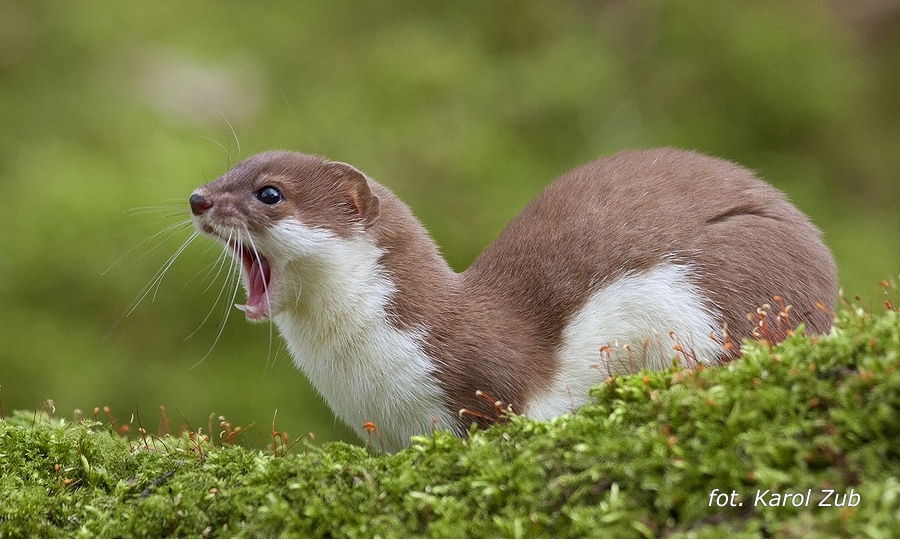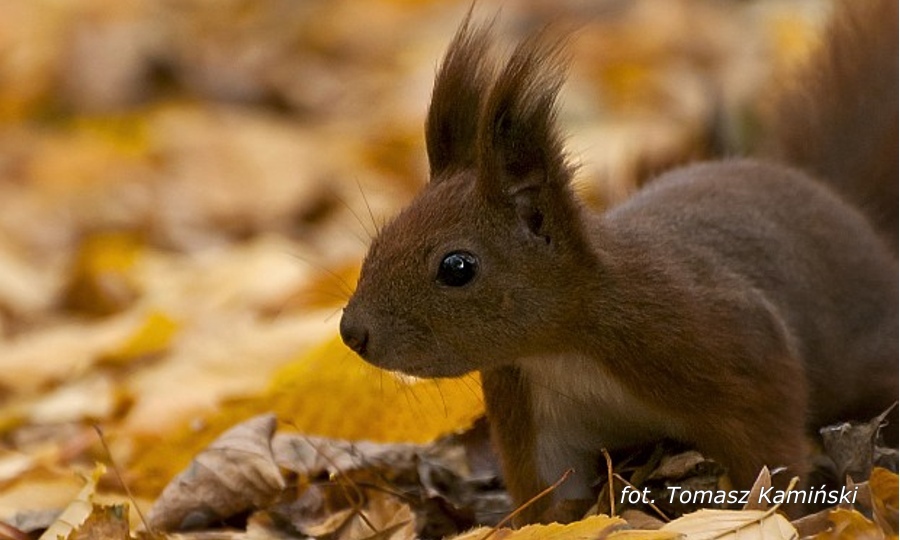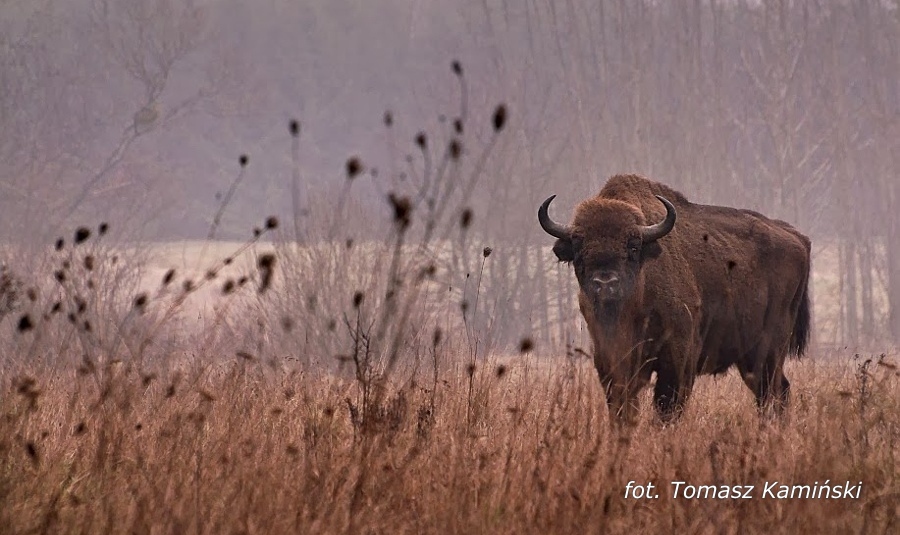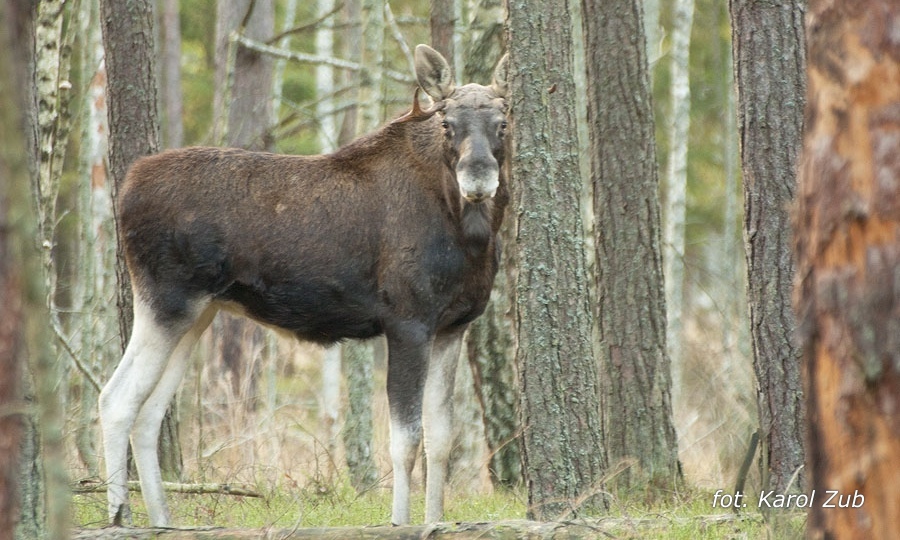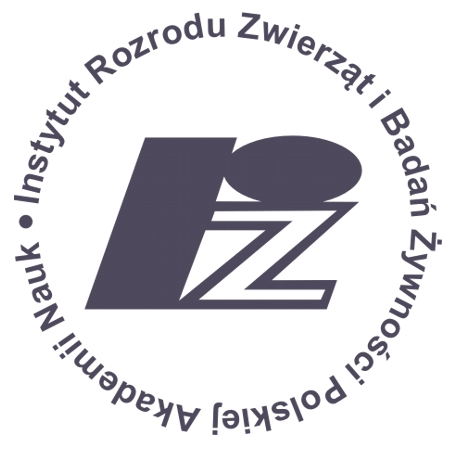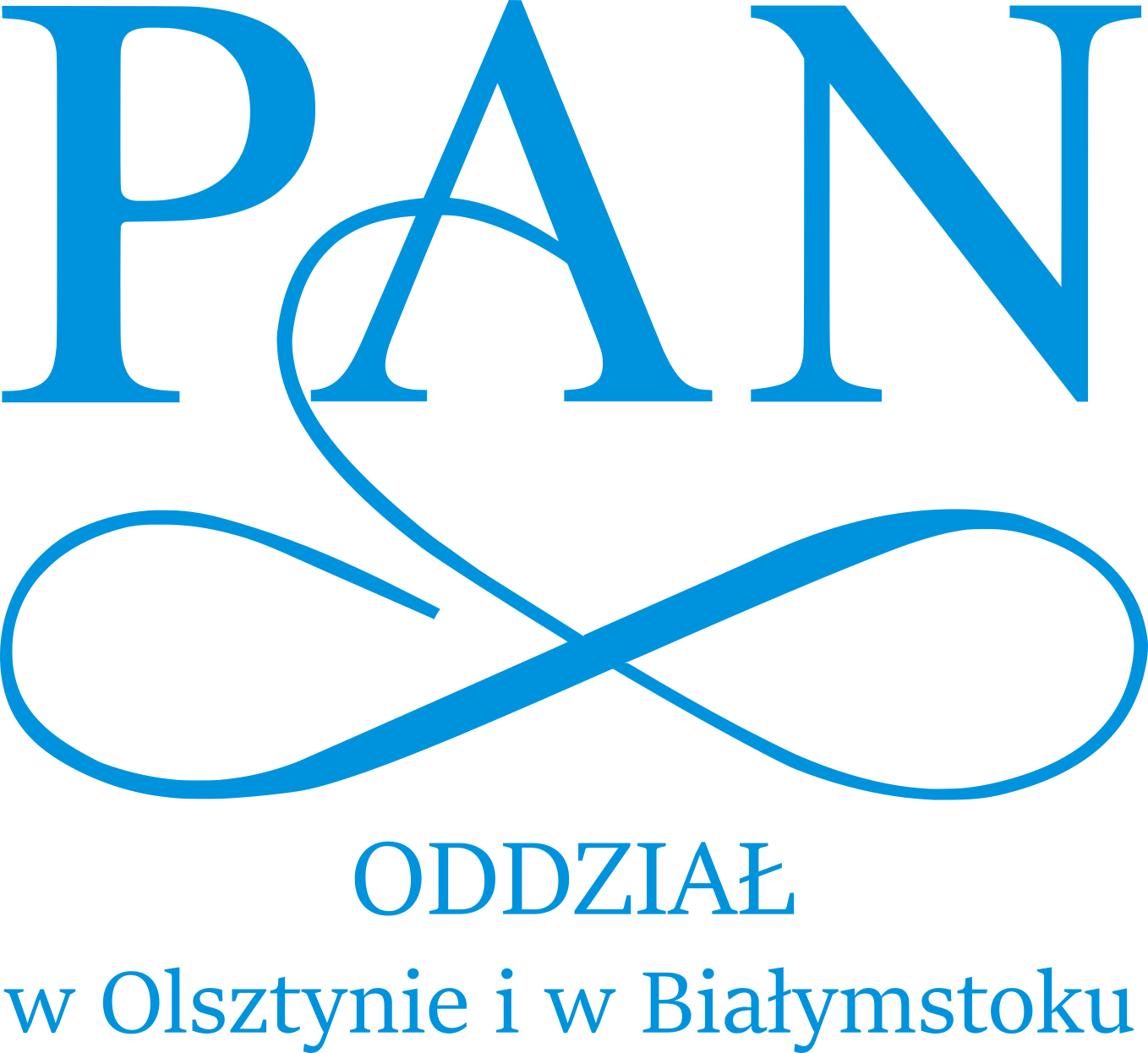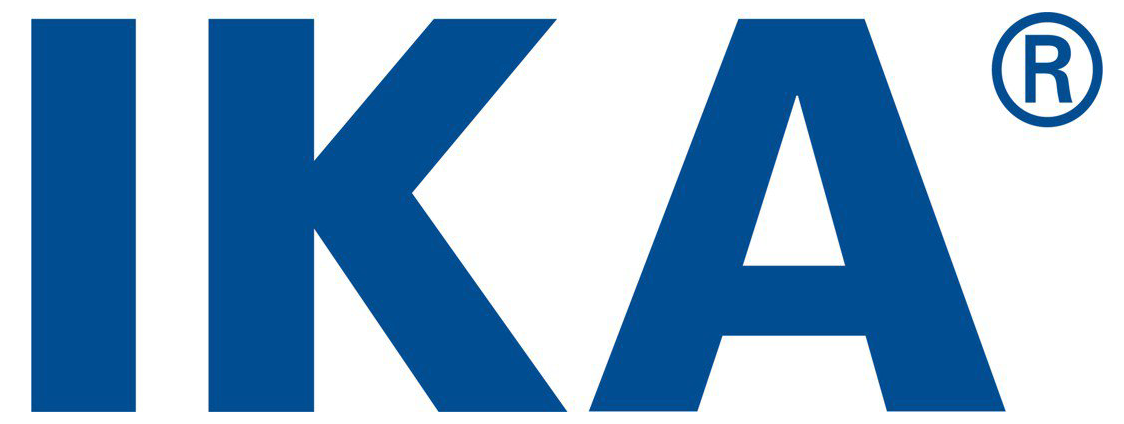7 listopada 2019 |
|
| 12:00 – 13:00 | Rejestracja i możliwość zwiedzania IBS (dla chętnych) |
| 13:00 – 14:00 | Obiad |
| 14:00 – 14:15 | Rozpoczęcie sympozjum (powitanie, sprawy organizacyjne) |
| 14:15 – 18:30 | Sesja I: Implementacja biotechnik i metod diagnostycznych stosowanych u zwierząt gospodarskich na zwierzęta wolnożyjące.
Przewodnictwo: dr hab. Anna Korzekwa, Prof. dr hab. Władysław Kordan |
| 14:15 – 14:45 | Wykład plenarny I: Prof. dr hab. Wanda Olech, Szkoła Główna Gospodarstwa Wiejskiego, Warszawa: Żubr jako obiekt badań naukowych |
| 14:45 – 15:15 | Wykład plenarny II: Prof. dr hab. Wojciech Niżański, Uniwersytet Przyrodniczy, Wrocław: Możliwości zastosowania technik wspomaganego rozrodu w ratowaniu populacji ginących gatunków zwierząt. Czy jest możliwe zastosowanie ART/biotechnik wykorzystywanych u zwierząt domowych dla ratowania ginących gatunków? |
| 15:15 – 18:10 | Doniesienia ustne |
| 15:15 – 15:35 | R. Łopucki, Katolicki Uniwersytet Lubelski Jana Pawła II, Interdyscyplinarne Centrum Badań Naukowych, Lublin. „Analiza pozostałości pestycydów u wolno żyjących chronionych gatunków zwierząt” |
| 15:35 – 15:55 | A. Korzekwa, Institute of Animal Reproduction and Food Research of Polish Academy of Sciences, Department of Biodiversity Protection, Olsztyn. „The effectivity of pharmacological synchronization of the estrous cycle in hinds (Cervus elaphus L.)” |
| 15:55 – 16:10 | A. Dziekońska, Department of Animal Biochemistry and Biotechnology, University of Warmia and Mazury, Olsztyn „Evaluation of motility, membrane and DNA integrity of epididymal spermatozoa of red deer (Cervus elaphus L.) stored in different commercial extenders at 5°C” |
| 16:10 – 16:40 | Przerwa kawowa |
| 16:40 – 16:55 | A. Kotlarczyk, Institute of Animal Reproduction and Food Research of Polish Academy of Sciences, Department of Biodiversity Protection, Olsztyn. „Expression of selected enzymes involved in steroid synthesis in the uterus of the red deer female (Cervus elaphus L.)” |
| 16:55 – 17:10 | A. Wójcik-Fatla, Instytut Medycyny Wsi im. Witolda Chodźki, Lublin. „Potential sources of infection of selected zoonoses in the veterinary work environment” |
| 17:10 – 17:25 | A. Boroń, University of Warmia and Mazury in Olsztyn. „Biology, ploidy and sex diversity of the Prussian carp (Carassius gibelio) as a non-native and invasive species in Poland” |
| 17:25 – 17:40 | M. Grzyb, Institute of Animal Reproduction and Food Research of Polish Academy of Sciences, Department of Biodiversity Protection, Olsztyn. „Quantification and comparison of fecal protozoa of “Polish Konik horse” in summer and winter season” |
| 17:40 – 17:55 | J. Tomiyasu, Institute of Animal Reproduction and Food Research of Polish Academy of Sciences, Department of Biodiversity Protection, Olsztyn. „Testosterone related change in size of sebaceous glands in back skins of male brown bears” |
| 17:55 – 18:10 | D. Klich, Instytut Nauk o Zwierzętach, Katedra Genetyki i Ochrony Zwierząt, Szkoła Główna Gospodarstwa Wiejskiego w Warszawie „Pomiar stężenia hormonów stresu jako metoda oceny wpływu energetyki wiatrowej na dzikie zwierzęta” |
| 18:10 – 18:25 | D. Klich, Instytut Nauk o Zwierzętach, Katedra Genetyki i Ochrony Zwierząt, Szkoła Główna Gospodarstwa Wiejskiego w Warszawie „Przywrócenie żubra prowadzi do wzrostu różnorodności biologicznej – studium przypadku wybranych grup taksonomicznych” |
| 19.00 | Uroczysta kolacja |
8 listopada 2019 |
|
| 08:50 – 14:20 | Sesja II: Biodiversity in an environmental studies |
| Część 1: Przewodnictwo: dr hab. Krzysztof Schmidt |
|
| 08:50 – 09:30 | Wykład plenarny: Prof. Christian Smit, University of Groningen, Holland, University of Groningen, Holland: Natural grazing with large herbivores as conservation management: what do we (not) know? |
| 09:30 – 11:30 | Doniesienia ustne |
| 09:30 – 9:50 | Dries Kuijper, Mammal Research Institute, Polish Academy of Sciences, Białowieża. „Linking spatial patterns of terrestrial herbivore community structure to trophic interactions” |
| 09:50 – 10:10 | Robin Wilgan, Instytut Dendrologii Polskiej Akademii Nauk w Kórniku. „Diversity of ectomycorrhizal fungi in Białowieska Forest with special emphasis of tomentelloid and hypogeous fungi” |
| 10:10 – 10:30 | Marcin Pietras, Instytut Dendrologii Polskiej Akademii Nauk w Kórniku. „Forest decline as a threat for fungal diversity” |
| 10:30 – 10:50 | Jacek Sroka, Zespół Parazytologii i Chorób Inwazyjnych, Państwowy Instytut Weterynaryjny – Państwowy Instytut Badawczy w Puławach „Potential role of beavers (Castor fiber) in contamination of water in the Masurian Lake District (north-eastern Poland) with protozoan parasites Cryptosporidium spp. and Giardia duodenalis” |
| 10:50 – 11:10 | Marek Nieoczym, University of Life Sciences in Lublin, Poland „The importance of differential stocking of ponds in the assessment of animal biodiversity in fish farm ecosystems” |
| 11:10 – 11:30 | Ireneusz Ruczyński, Mammal Research Institute, Polish Academy of Sciences, Białowieża. „Penises size and sperm quality, are all bats grey in the dark?” |
| 11:30 – 12:00 | Przerwa kawowa |
| Część 2: Przewodnictwo: dr hab. Rafał Kowalczyk | |
| 12:00 – 12:40 | Wykład plenarny: Prof. Marek Konarzewski, University of Białystok, Poland Does protection of the Białowieża Forest endanger its biodiversity? |
| 12:40 – 14:00 | Doniesienia ustne |
| 12:40 – 13:00 | Mirosław Ratkiewicz, Uniwersytet w Białymstoku. „Diet overlap among red deer, roe deer and moose during winter in forest ecosystems of NE Poland” |
| 13:00 – 13:20 | Rafał Kowalczyk, Mammal Research Institute, Polish Academy of Sciences, Białowieża. „The European bison – a key species for maintaining biodiversity” |
| 13:20 – 13:40 | Eliza Kondzior, Mammal Research Institute, Polish Academy of Sciences, Białowieża. „Multispecies reservoir of Spirometra erinaceieuropaei (Cestoda: Diphyllobothridae) in wild mammalian hosts in NE Poland” |
| 13:40 – 14:00 | Marta Szurlej, Mammal Research Institute, Polish Academy of Sciences, Białowieża. „First Polish fieldwork research station in tropics – plans and perspectives” |
| 14:00 – 14:20 | Podsumowanie i zakończenie sympozjum |
| 14:30 | Obiad |


